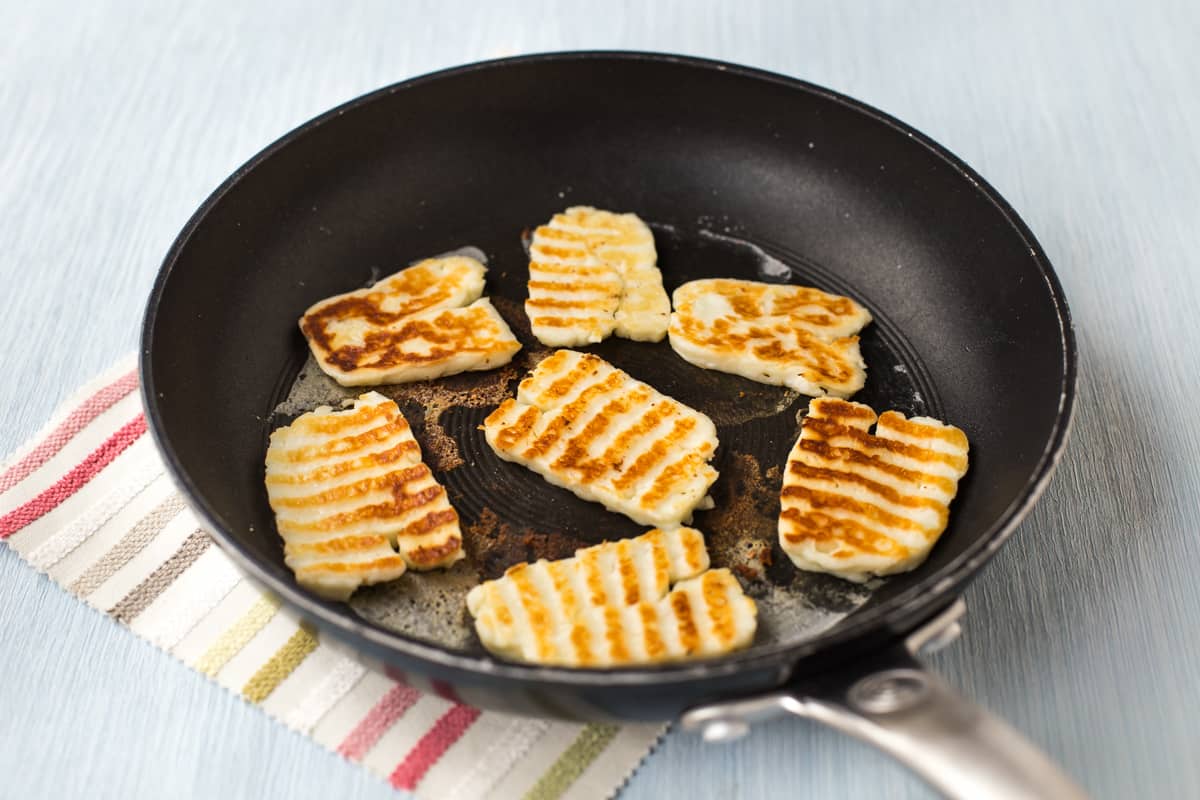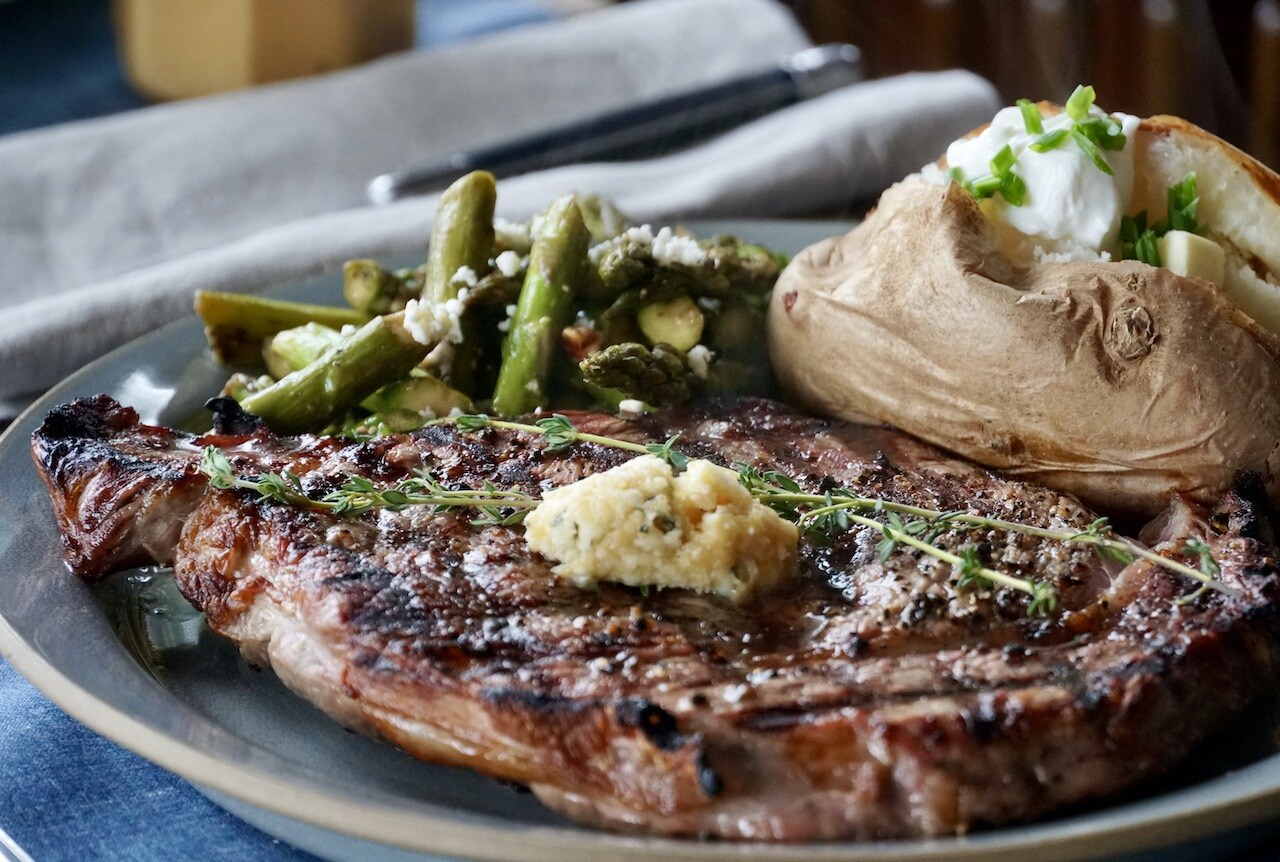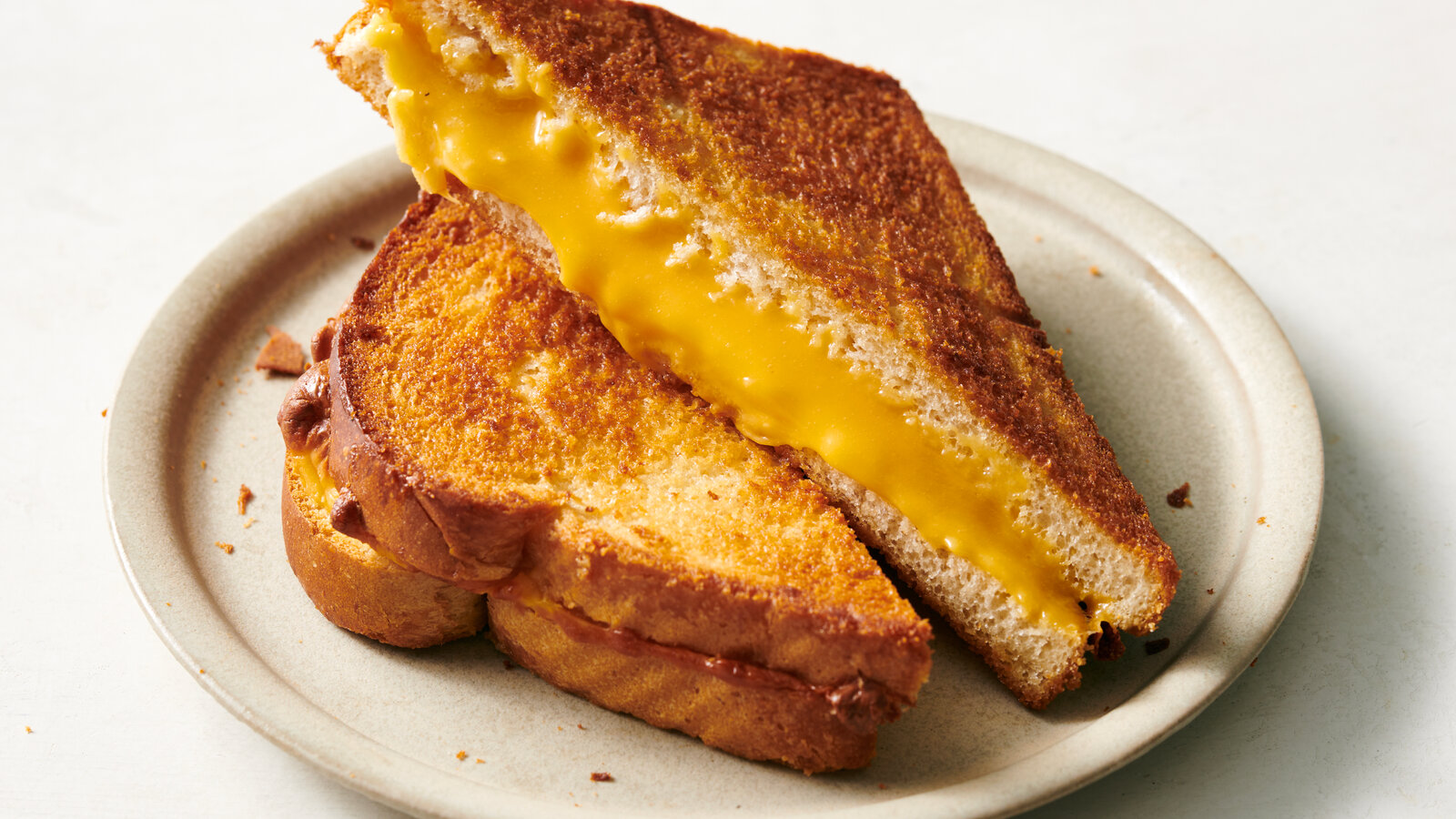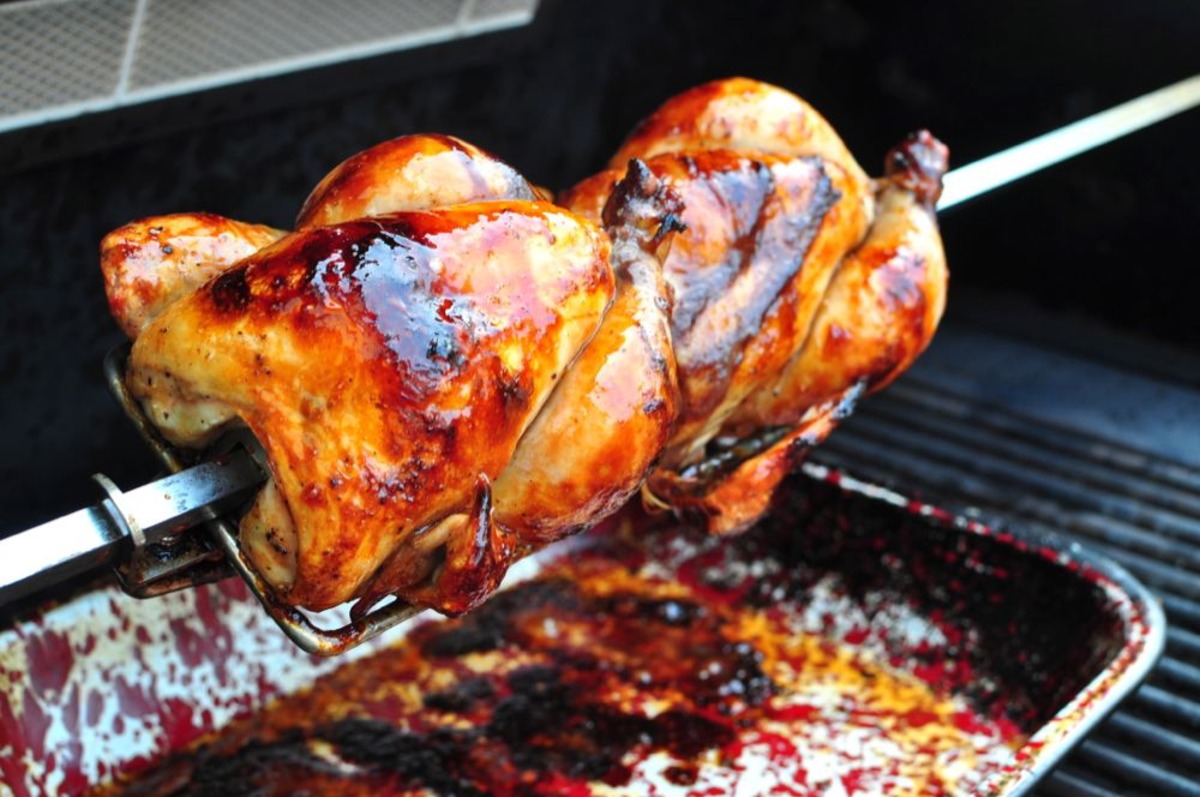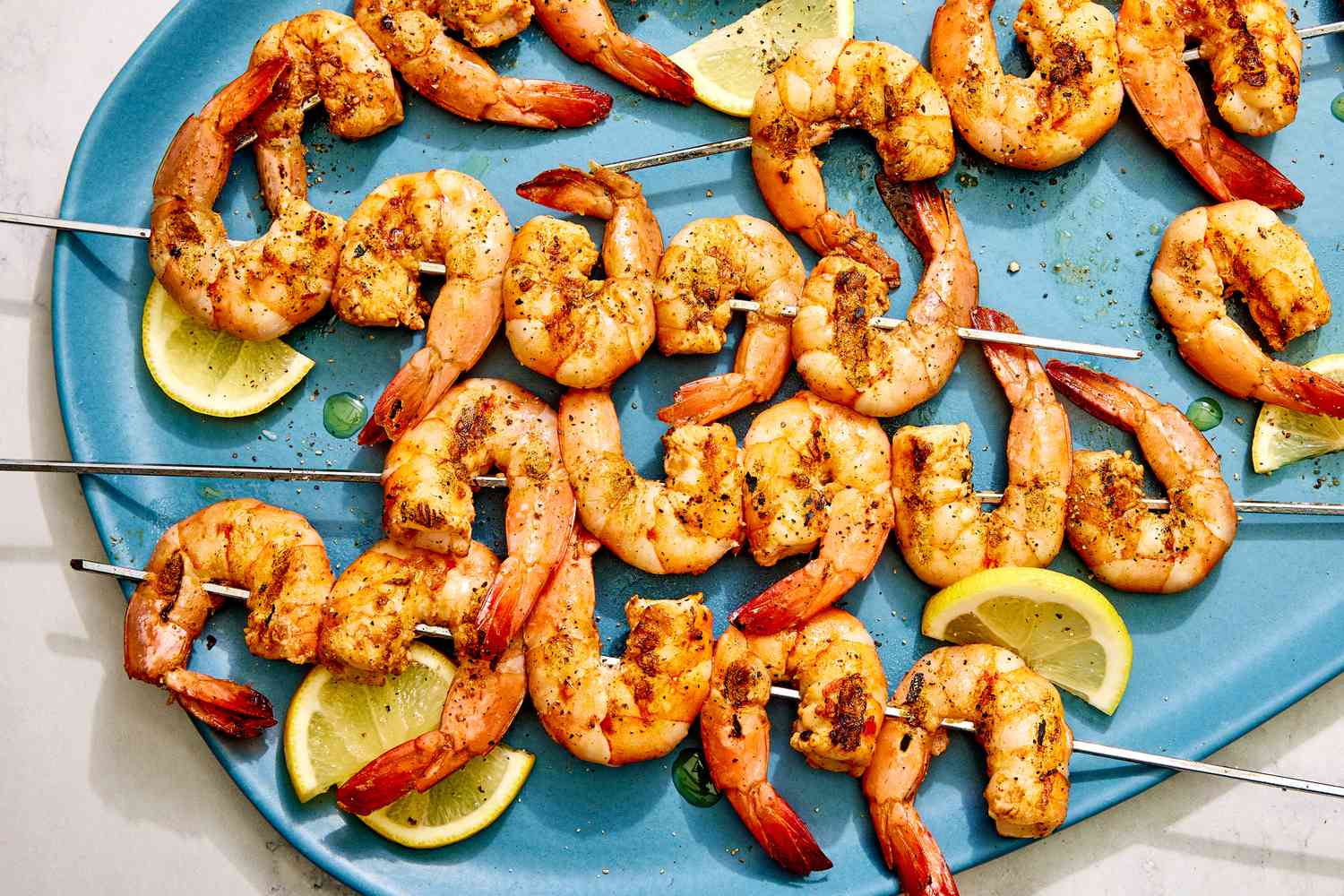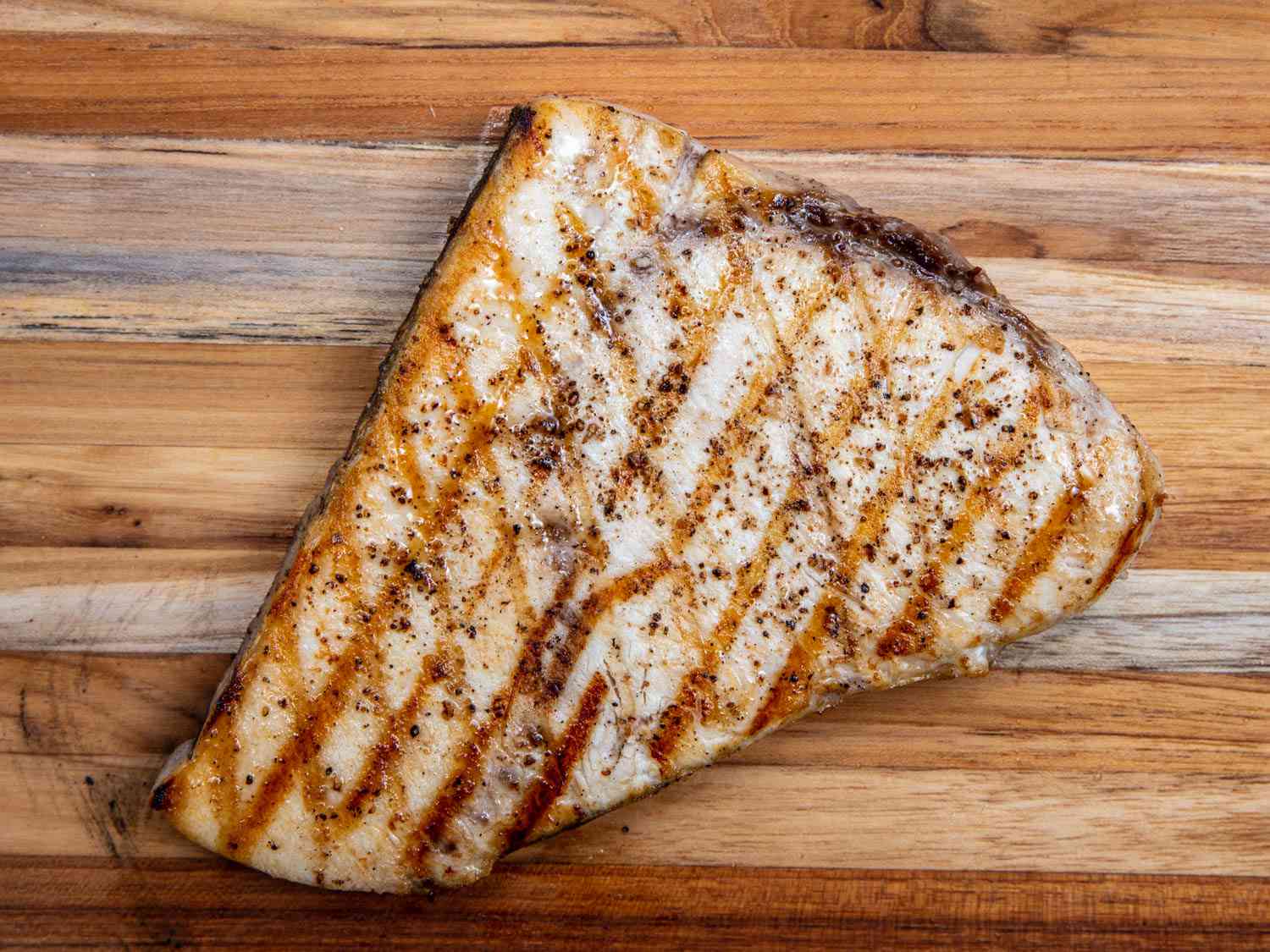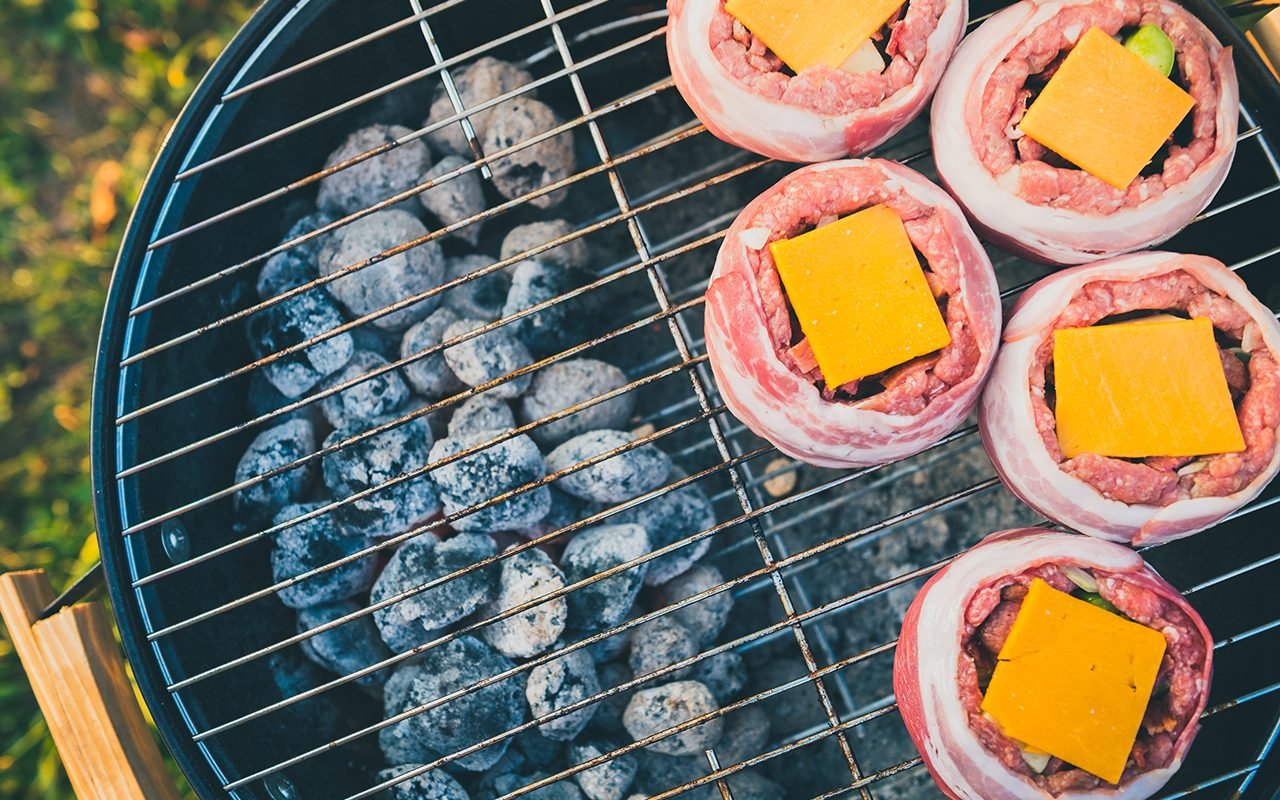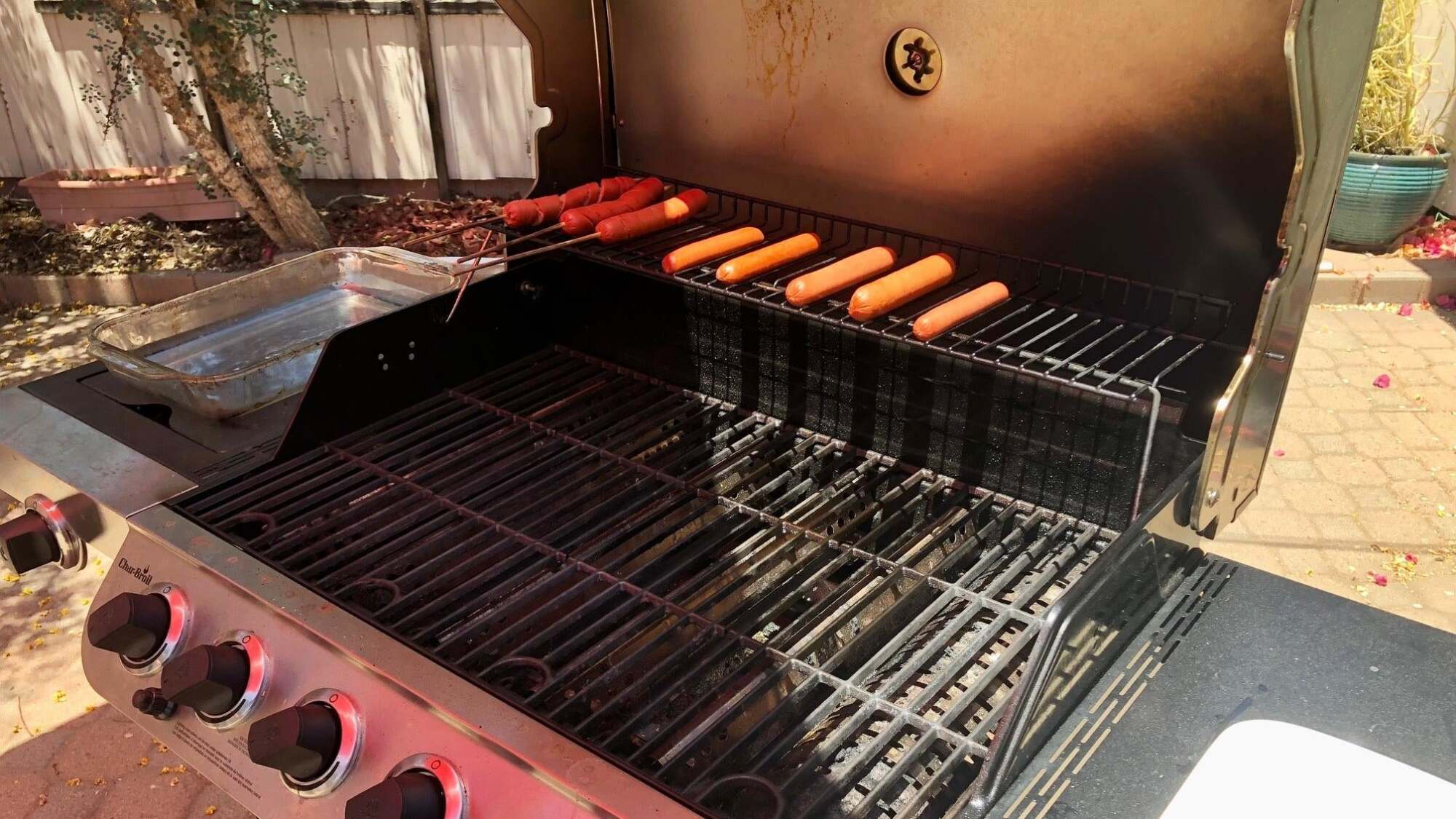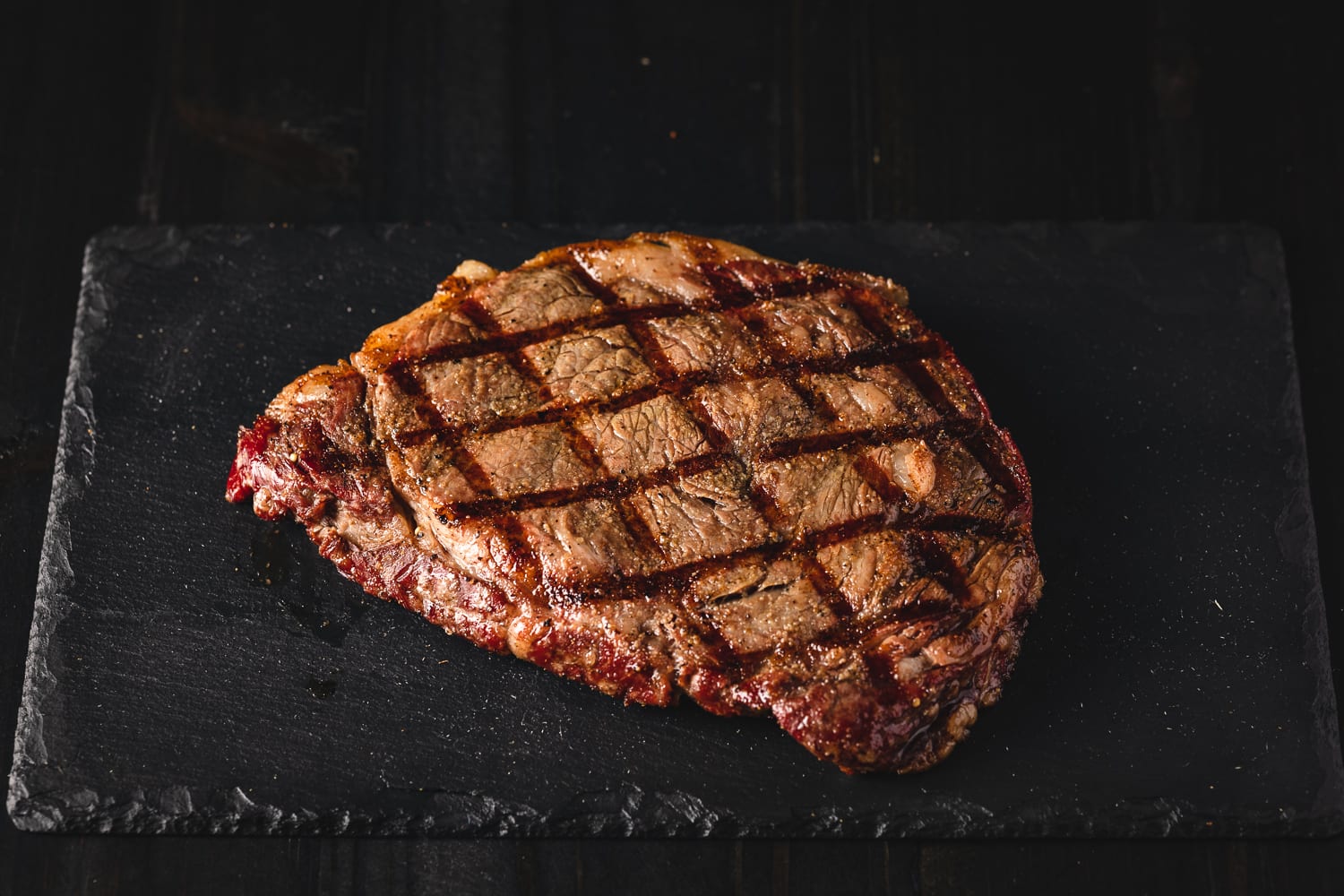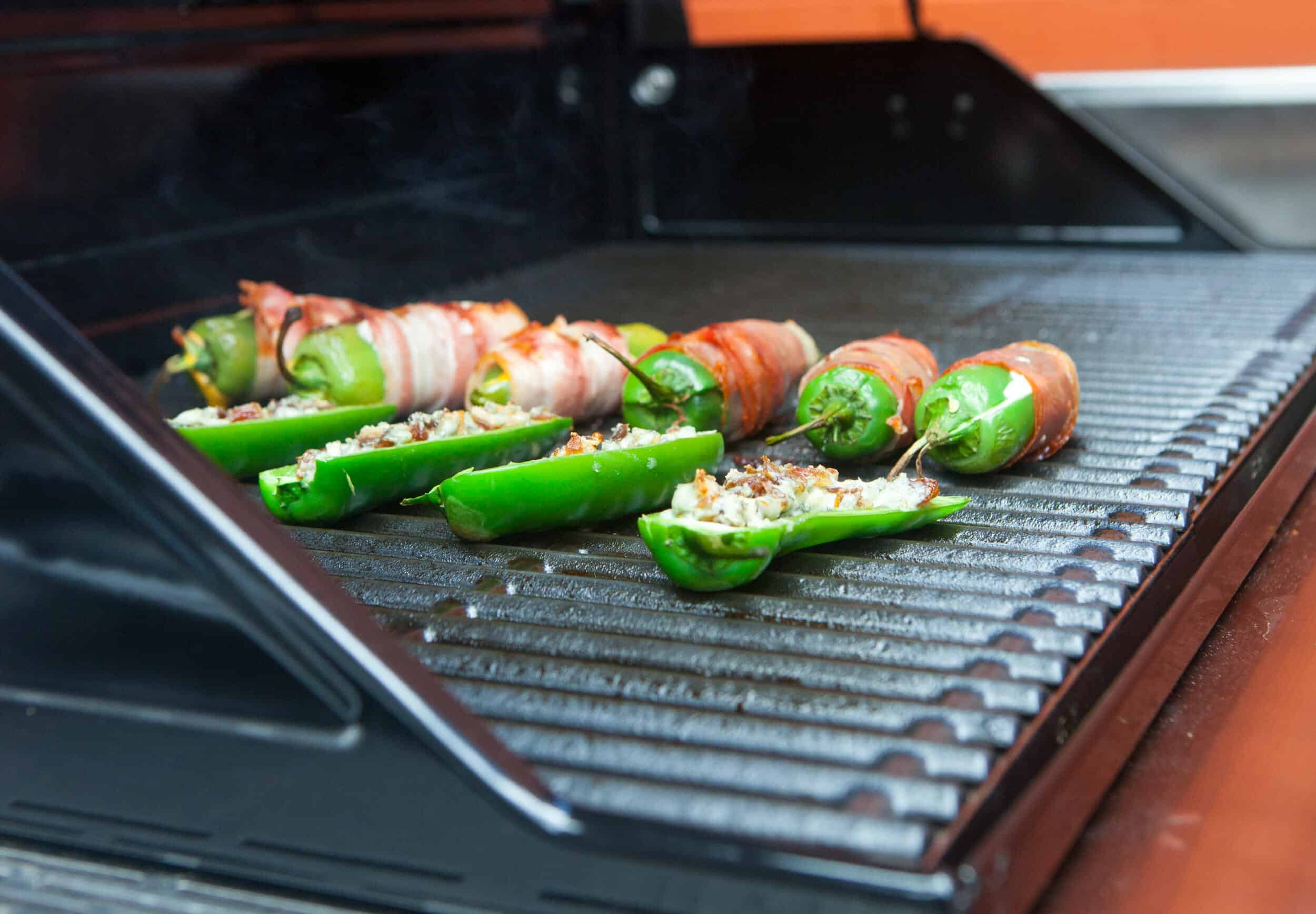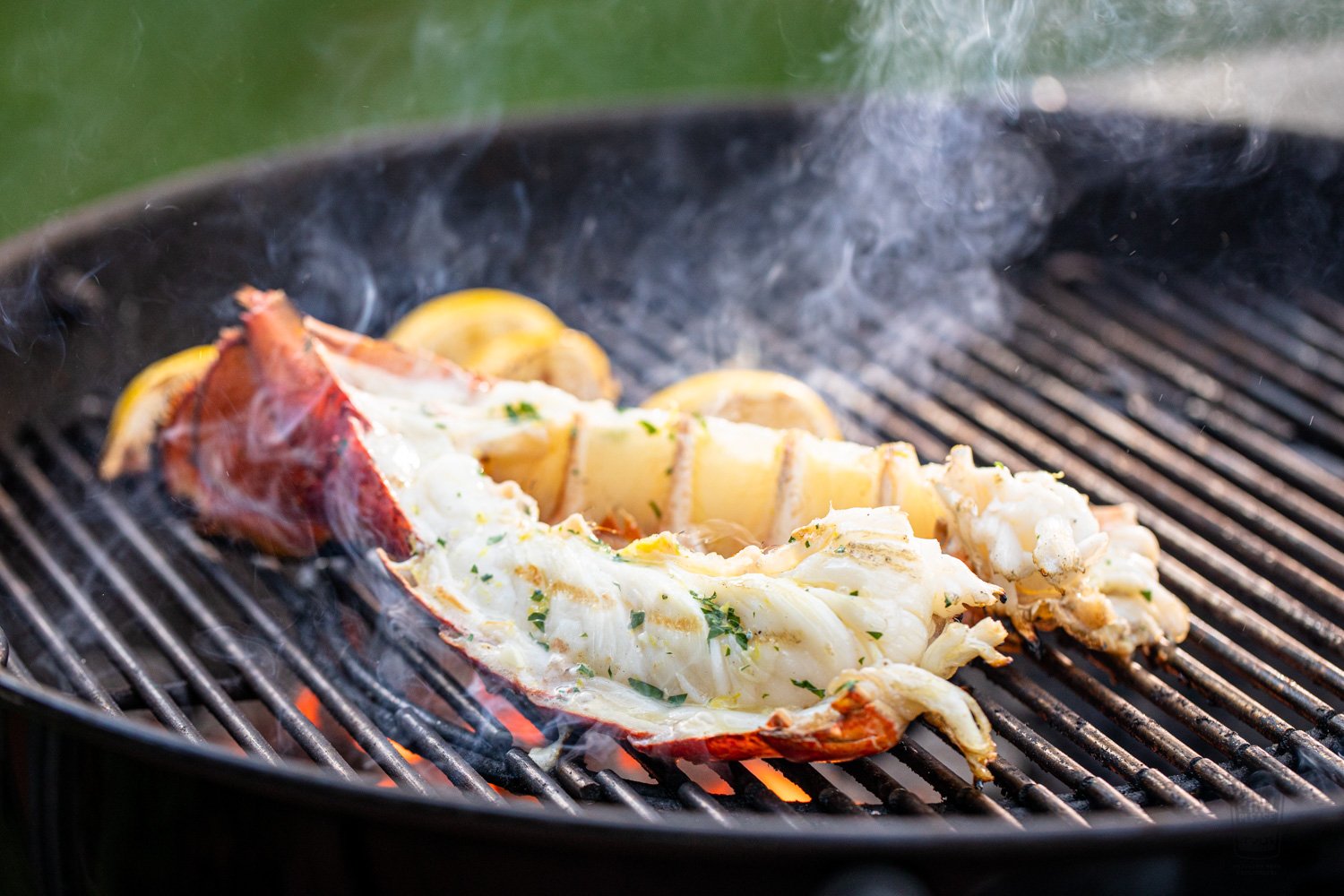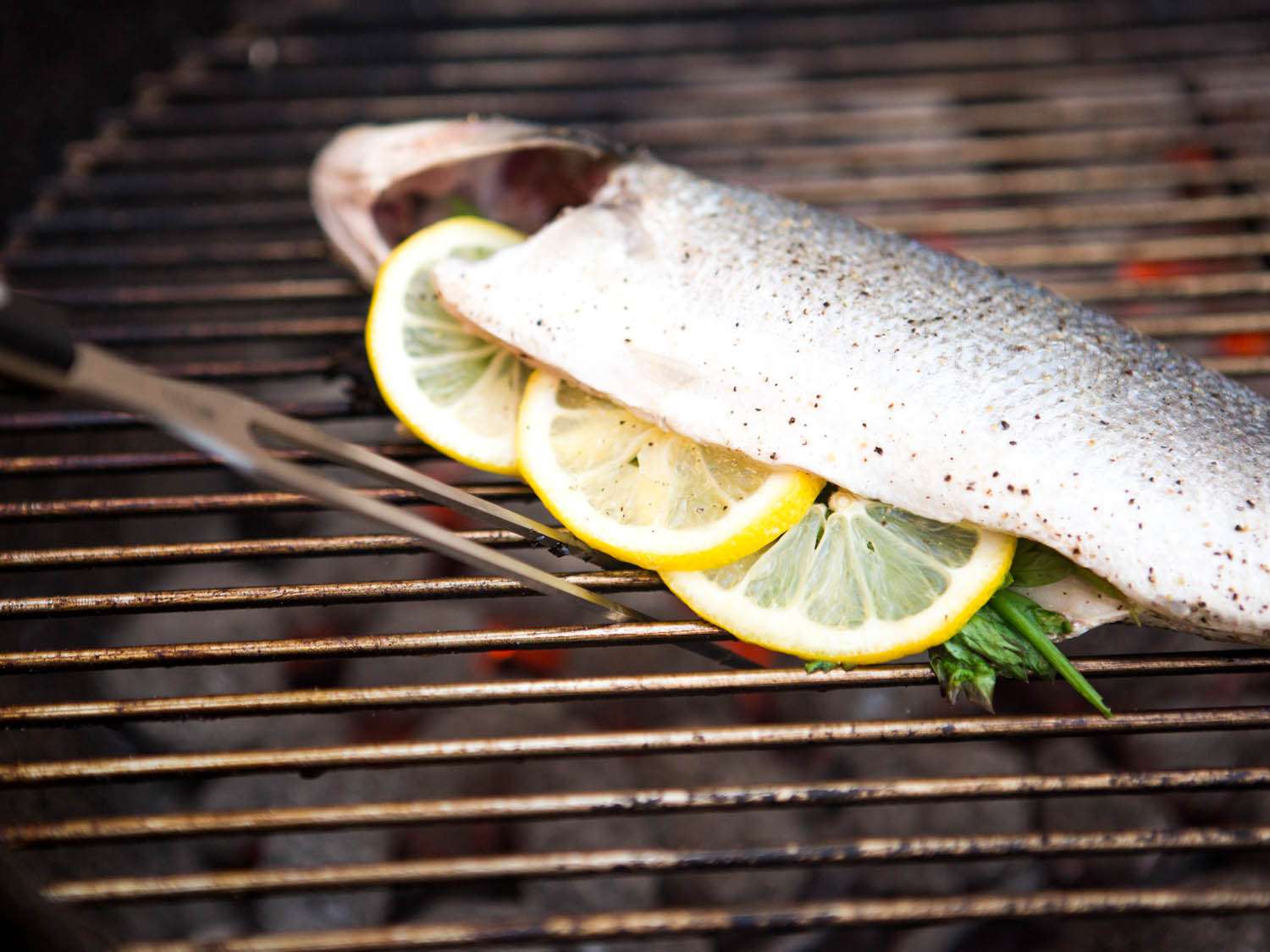Grilling a Thanksgiving Turkey: The Perfect Way to Impress Your Guests
Thanksgiving is just around the corner, and what better way to step up your game than grilling your turkey instead of roasting it? Grilling adds a delicious smoky flavor and a perfectly crispy skin to your bird, making it a show-stopping centerpiece for your holiday feast. In this article, we will guide you through the process of grilling a Thanksgiving turkey to perfection.
Prepping Your Turkey
Before you start grilling, it’s crucial to properly prepare your turkey. Here are some essential steps:
- Thaw the turkey: Ensure your turkey is completely thawed before grilling. It’s recommended to thaw it in the refrigerator for a couple of days, allowing for a more even cooking process.
- Remove the giblets: Take out the giblets (the neck, gizzard, and heart) from the body cavity. They are usually placed inside a bag, so be sure to check both ends.
- Season the turkey: Liberally season the turkey with your favorite spices, herbs, and marinades. Consider creating a flavorful rub with a combination of salt, pepper, garlic powder, and paprika.
- Let it rest: Allow the turkey to rest at room temperature for about 30 minutes, allowing the flavors to penetrate the meat.
Setting Up the Grill
Now that your turkey is prepped, it’s time to get the grill ready:
- Prepare the grill: Clean the grates thoroughly and remove any residue from previous grilling sessions.
- Indirect heat method: For grilling a turkey, indirect heat works best. Set up your grill for indirect cooking by placing charcoal on one side of the grill and leaving the other side empty. This will create a zone for the turkey away from direct flames.
- Preheat the grill: Preheat the grill to around 325°F (165°C). It’s crucial to maintain a consistent temperature throughout the cooking process.
Grilling Techniques
Now that everything is set up, it’s time to cook your turkey on the grill:
- Place the turkey on the grill: Position the turkey on the side of the grill away from the heat source. You may also use a drip pan under the turkey to catch any drippings and prevent flare-ups.
- Cover the grill: Close the lid and let the turkey cook undisturbed for a couple of hours. Occasionally check the temperature to ensure it stays around 325°F (165°C).
- Baste the turkey: After the first hour of cooking, start basting the turkey with a mixture of butter and herbs. This will enhance the flavor and maintain its moisture.
- Check for doneness: Use a meat thermometer to check the turkey’s internal temperature. The turkey is safe to eat when it reaches 165°F (75°C) in the thickest part of the thigh without touching the bone.
Resting and Carving
Once your turkey is cooked to perfection, follow these final steps:
- Rest the turkey: Remove the turkey from the grill and let it rest for about 20 minutes. This allows the juices to redistribute, resulting in a more moist and flavorful bird.
- Carve and serve: With a sharp knife, carve the turkey into slices and serve it alongside your favorite Thanksgiving sides.
Grilling a Thanksgiving turkey is a fantastic way to infuse a unique and delicious flavor into your holiday meal. By following these steps, you’ll become a pro at grilling turkeys, impressing your guests, and creating a Thanksgiving feast to remember. So, fire up your grill, embrace the smoky goodness, and enjoy a truly memorable holiday celebration!
